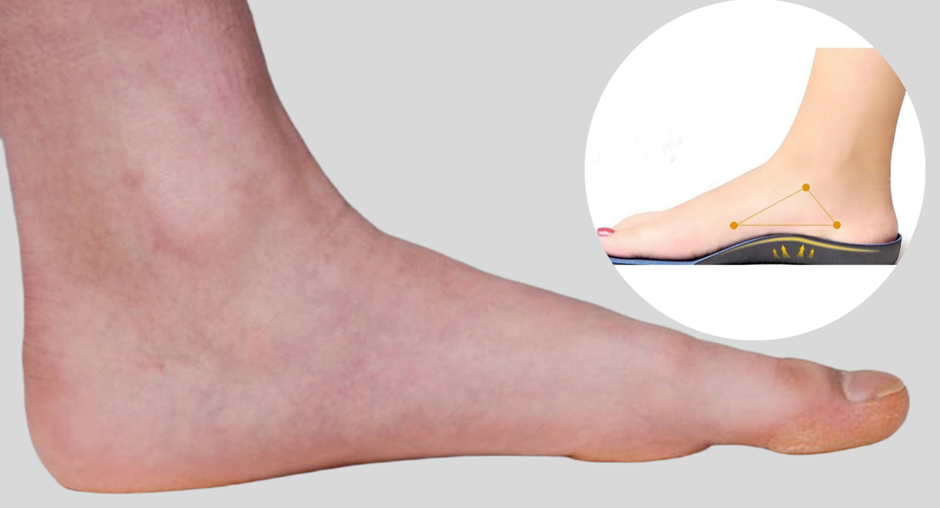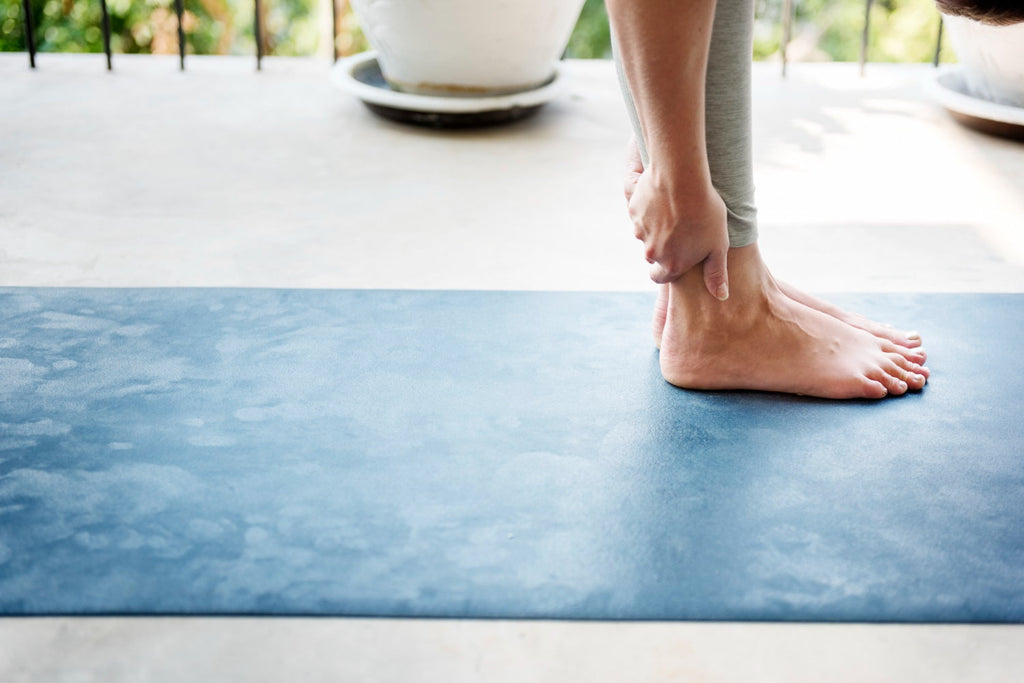What are Orthotic Devices
Orthotic devices are medical aids worn on the body to help with functional and structural difficulties. Examples include shoe inserts, braces, and other support devices that offer pain relief, promote healing, encourage proper joint alignment, protect the kinetic chain, and improve biomechanical function.
Key Takeaway
- The primary function of orthotic devices is to help address functional and structural issues in the body. They help provide pain relief and improve the body's general biomechanical functions.
- There are different types of orthotic devices, and they include shoe inserts, heel liners and cups, ankle, knee, back, and neck braces, AFOs (ankle-foot orthoses), and more.
- Some common conditions that are treated with orthotic devices include flat feet, plantar fasciitis, high arches, bunions, heel spurs, Achilles tendonitis, hammertoes, metatarsalgia, and others.
- Orthotic devices are either prefabricated or custom-made. Prefabricated ones are cheaper and easier to get, while custom-made orthotic devices are more expensive and require a bit more time to get but offer better efficiency.
Orthotic devices are often associated with different foot, ankle, knee, hip, and back conditions. As such, they include everything from shoe inserts to back braces, which can be custom-molded or prefabricated. Although orthotic devices can be purchased off the shelf, you should do so on the recommendation of your foot and ankle specialist.
Categories of Orthotic Devices
Depending on how they were made, orthotics can be categorized into custom-made and prefabricated (over-the-counter).
-
Prefabricated Orthotics: These orthotics are usually mass-produced using specific measurements. They can treat a wide range of deformities and issues, from flat feet to plantar fasciitis; however, a lack of customization means they may not be the perfect fit. Prefabricated orthotics are also cheaper than custom orthotics because of the lesser quality material and lack of involvement of healthcare professionals.
-
Custom Orthotics: Custom orthotics are individually crafted to match the patient's unique needs and anatomy. They provide a superior fit and better support and are tailored for specific conditions. Custom orthotics also last longer because they are made using higher-quality materials. However, they are more expensive than over-the-counter ones.
The choice between a prefabricated orthotic and a custom-made one is yours to make. However, you need to consider your condition, the severity, and the level of support you need. Although prefabricated orthotics are cost-effective and convenient, custom orthotics are for superior support and last longer. As such, they are the best option for complex or severe issues.
Different Types of Orthotic Devices
Orthotic devices can range from simple inserts typically bought at the drugstore to custom-made devices created by a specialist specifically for your feet. Whether they are expensive or affordable, what is most important is the support and comfort they will provide.
Orthotic devices include:
-
Foot Pads: They are small cushions placed at the bottom of shoes. These foot pads act as a barrier between your foot and the shoes. Foot problems that can be treated with this type of orthotics are bunions, calluses, corns, and plantar warts.
-
Heel Liners: These are also called heel pads or heel cups. They are cushioned pads placed inside shoes to provide additional support and comfort for the heel. Plantar fasciitis, Achilles tendonitis, and heel spurs are some foot conditions that can be treated with this type of orthotics.
-
Arch Supports: They support your foot's natural arch, giving it a bumped-up look. Foot conditions that can be treated with this type of orthotics are flat feet and high arches.
-
Insoles: Insoles, also known as foot inserts, are placed inside shoes to provide support, cushion, and comfort. They could be made of foam, plastic, or gel. Foam insoles cushion shock absorption, plastic insoles provide structural support and alignment, and gel insoles reduce foot fatigue. Foot conditions that can be treated with insoles are flat feet, plantar fasciitis, and metatarsalgia.
-
Ankle Braces: These are supportive devices worn around the ankle to stabilize and protect the joint. They can be used to treat sprained ankles, tendonitis, and chronic ankle instability.
-
Knee Braces: They support and stabilize the knee joint, reduce pain, and prevent further injury. They treat osteoarthritis, ligament injuries, knee instability, and post-surgical recovery.
-
Hip Orthotics: They stabilize the hip joint and control movements during recovery. They are also used to treat hip dysplasia and in post-hip replacement recovery.
-
Back Braces: Also known as spinal orthotics, back braces are used to align and stabilize the spine, reduce pain, and correct posture. They can treat scoliosis, kyphosis, and chronic lower back pain.
-
Neck Braces: Also called cervical orthotics, neck braces immobilize and support the neck to promote healing and prevent further injury. They are used for whiplash injuries, cervical spine fractures, and arthritis-related neck pain.
-
Ankle Foot Orthotics (AFO): AFOs stabilize the ankle while improving walking patterns and weakened muscles. They are used to treat cerebral palsy, paralysis caused by stroke, and drop foot.
Orthotics and Treatment for Various Foot Conditions
Orthotics help relieve pain or stop progressive deformity caused by specific foot and ankle conditions. Examples of such conditions include:
-
High Arch: Occurs when the arch of the feet is abnormally high, leading to excessive pressure on both the ball and heel of the foot.
-
Flat Feet: A condition where the foot has no visible arch, leading to pronation and imbalance.
-
Hammertoes: A deformity where the toes bend at the middle joint, creating a claw-like appearance.
-
Morton's Neuroma: A medical condition where a tissue thickens around the nerve leading to the toes. It causes pain, tingling, and burning in the foot.
-
Foot Tendonitis: Inflammation of foot tendons, usually caused by injury or overuse.
-
Hallux Valgus: Also known as bunions, it is caused by a bony bump at the base of the big toe, which causes it to bend inward.
-
Corns and Calluses: A thickened skin forms because of repeated pressure or friction.
-
Metatarsalgia: Also known as forefoot pain, it is a pain in the ball of the foot caused by improper footwear, overuse, or foot deformities.
-
Plantar Fasciitis: Inflammation of the plantar fascia, a band of tissue connecting the heel to the toes, which often causes heel pain.
-
Patellofemoral Pain Syndrome: Also known as runner's knee, this syndrome is a pain in the front of the knee caused by improper leg alignment. Foot problems can worsen it.
-
Sprained Ankle: An injury to the ligaments caused by twisting or rolling the ankle.
-
Hallux Rigidus: This is also known as the stiff big toe. It is a condition that makes the big toe stiff and impossible to bend the toe.
Foot pads can treat bunions, calluses, plantar warts, and corn. Heel liners can treat plantar fasciitis, heel spurs, Achilles tendonitis, and heel spurs. Arch supports can treat high arches and flat feet. Insoles are also excellent for treating flat feet, plantar fasciitis, and metatarsalgia. Ankle braces work well for a sprained ankle.
Choosing the Right Orthotics
Before you choose an orthotic device, you should consider several factors:
-
Cost: Prefabricated orthotics are cheaper but may not be customized enough to make a difference in your condition. Custom orthotics can be expensive, but the cost can be reduced considerably with insurance.
-
Healthcare Provider: Two healthcare providers offering the same quality of orthotics may have widely different pricing structures. Sometimes, less is more—you can find affordable healthcare providers and manufacturers with excellent services.
-
Health Condition: Prefabricated orthotics may be better for mild cases or pure comfort. For highly deformative body parts, a patient should use custom orthotics. Whatever a patient’s choice, they should always consult a healthcare provider.
-
Material Used for Molding: The quality of the material used will affect the price of orthotics. For example, durable materials used for firm orthotics will cost more than cheap materials used for prefabricated ones.
Conclusion
Orthotic devices are designed to provide support and treat specific conditions affecting the foot, ankle, knee, hip, back, and neck. Custom orthotics, though more expensive, offer superior support, as they are molded to fit the exact shape of the body part they are meant to support. On the other hand, prefabricated orthotics are more affordable and can be purchased without a prescription. Whether custom or prefabricated, consulting a healthcare professional is crucial. They not only provide prescriptions but also assist with insurance claims and ensure the orthotic fits properly.




